How race doctors help protect riders against heat at the World Championships in Qatar
Inside the special UCI Heat Unit
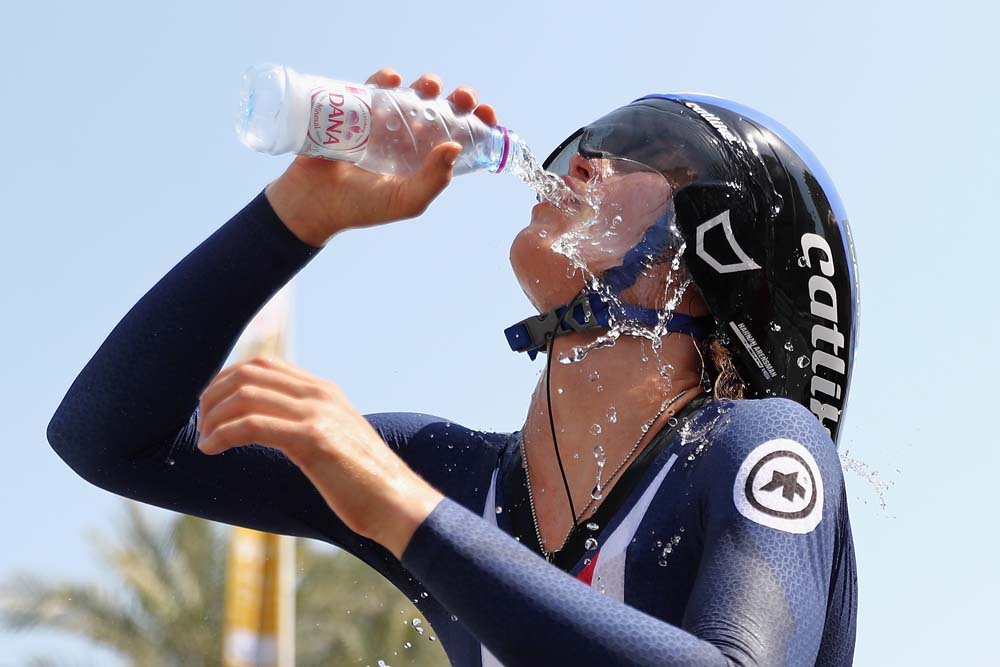
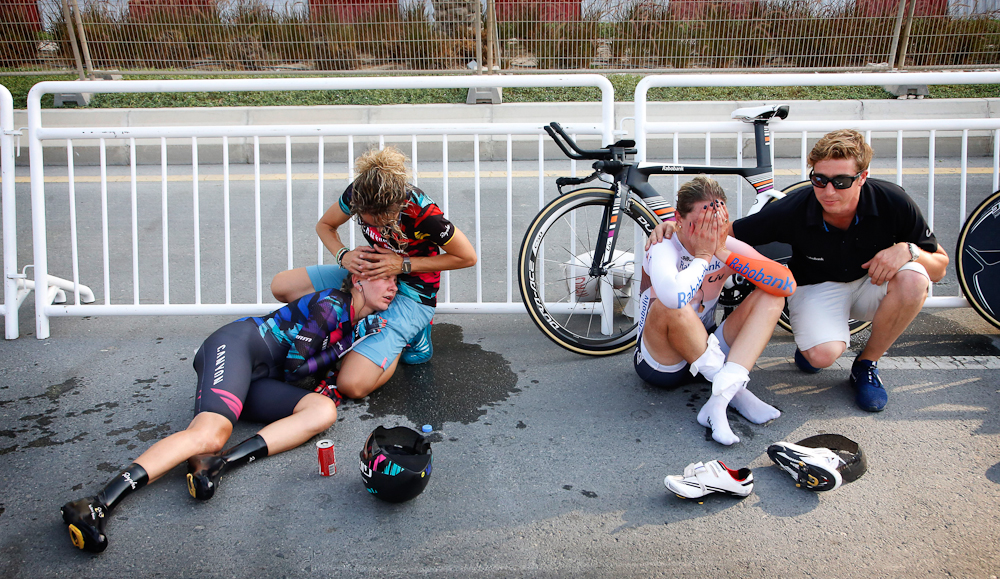
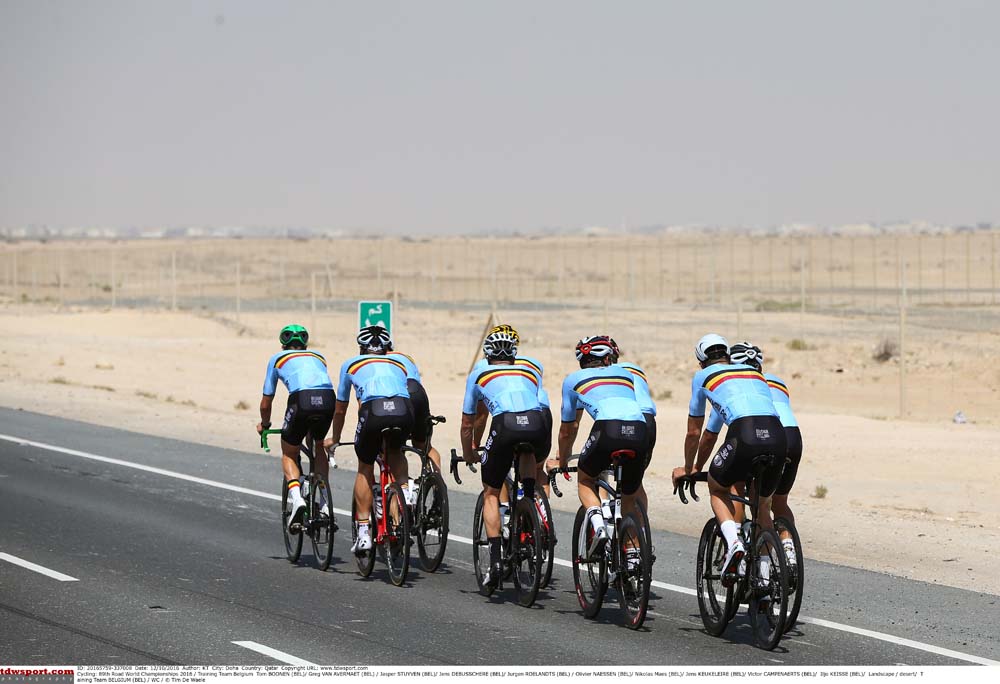
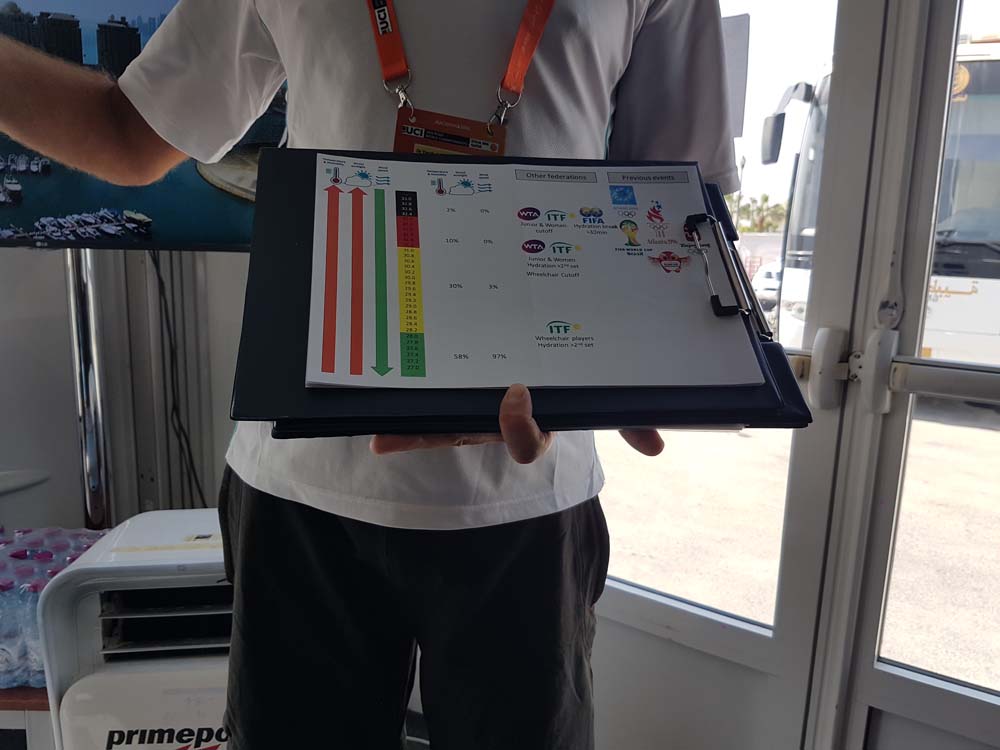
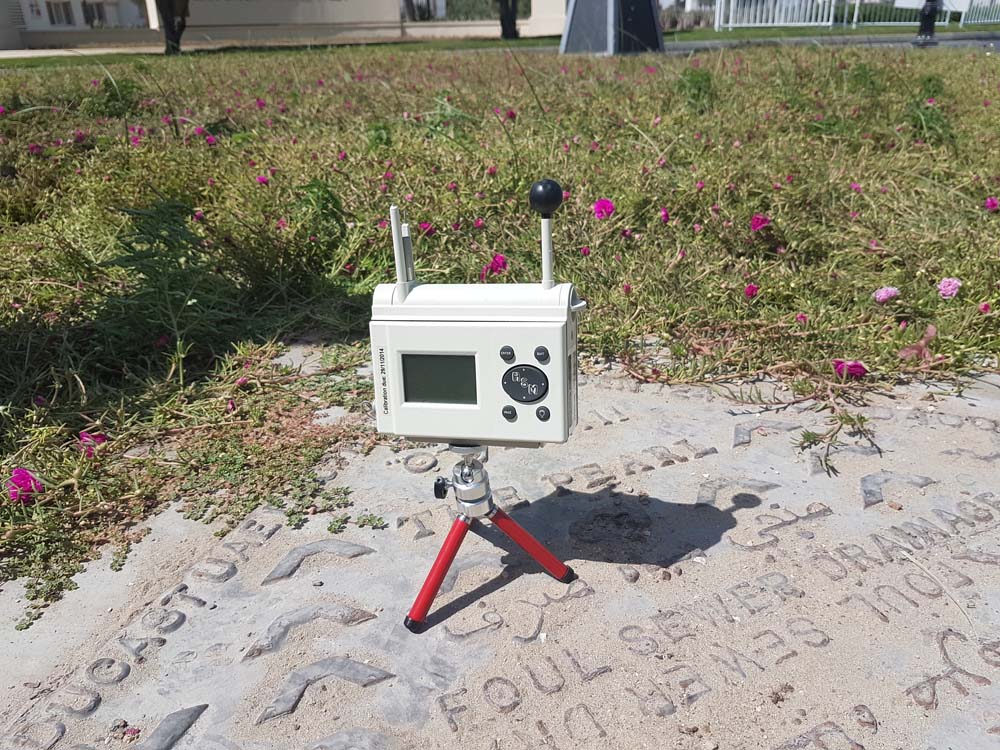
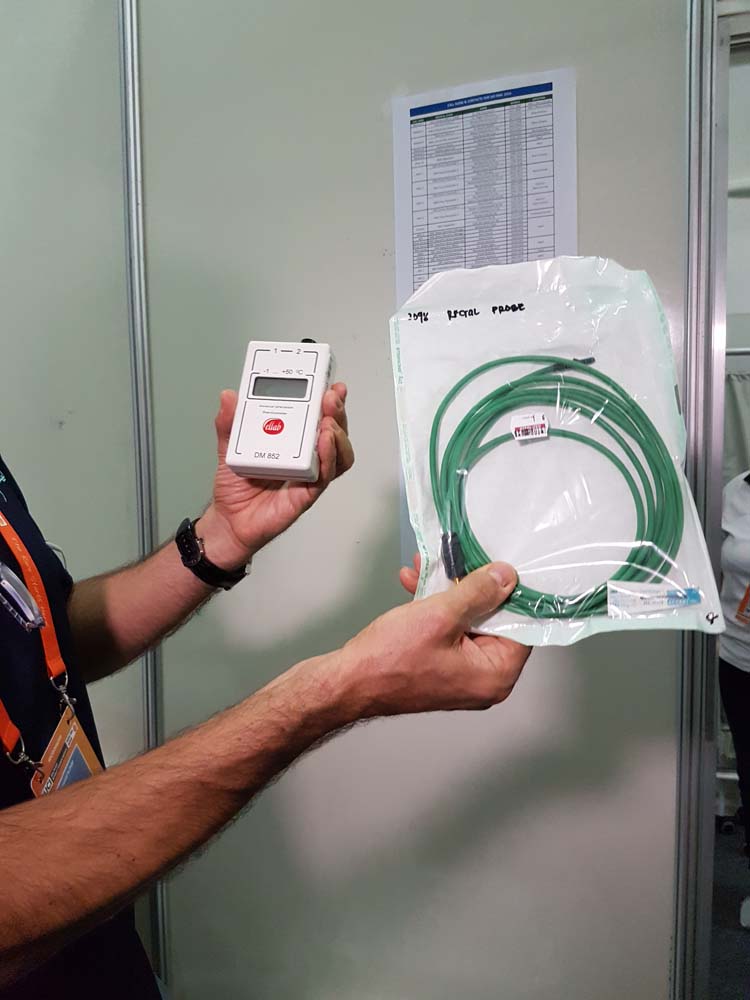
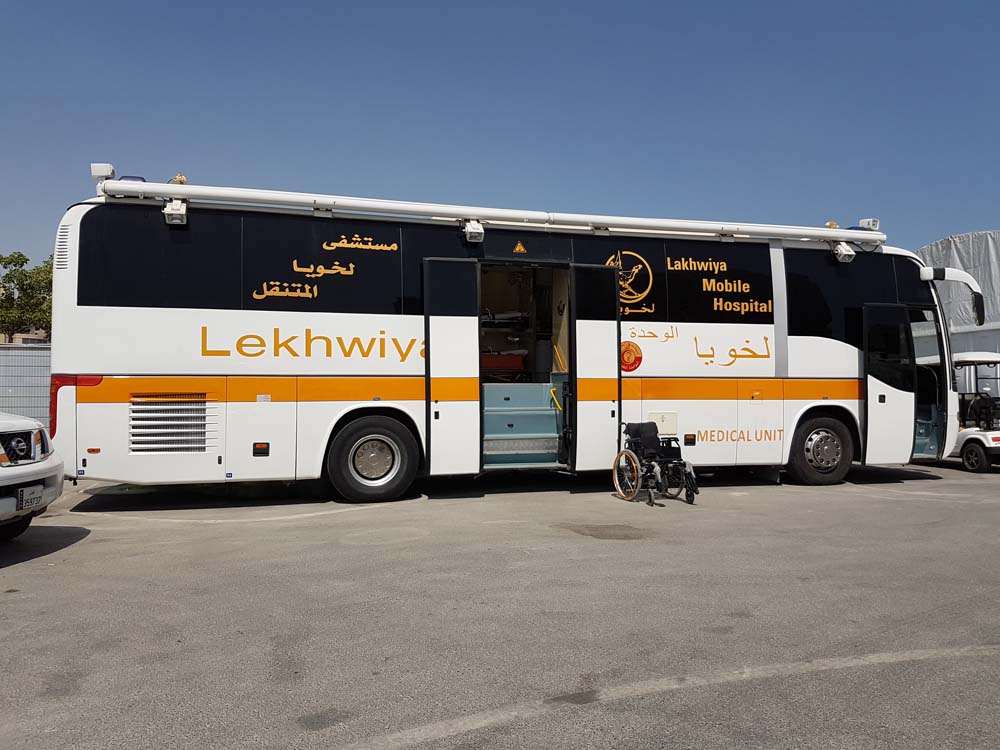
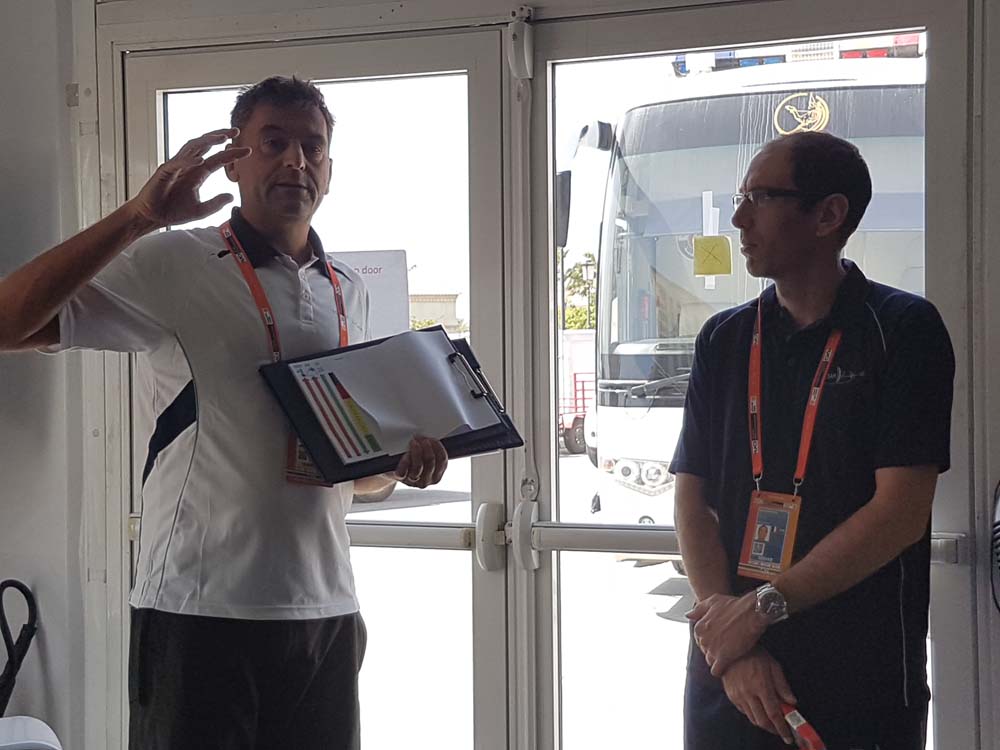
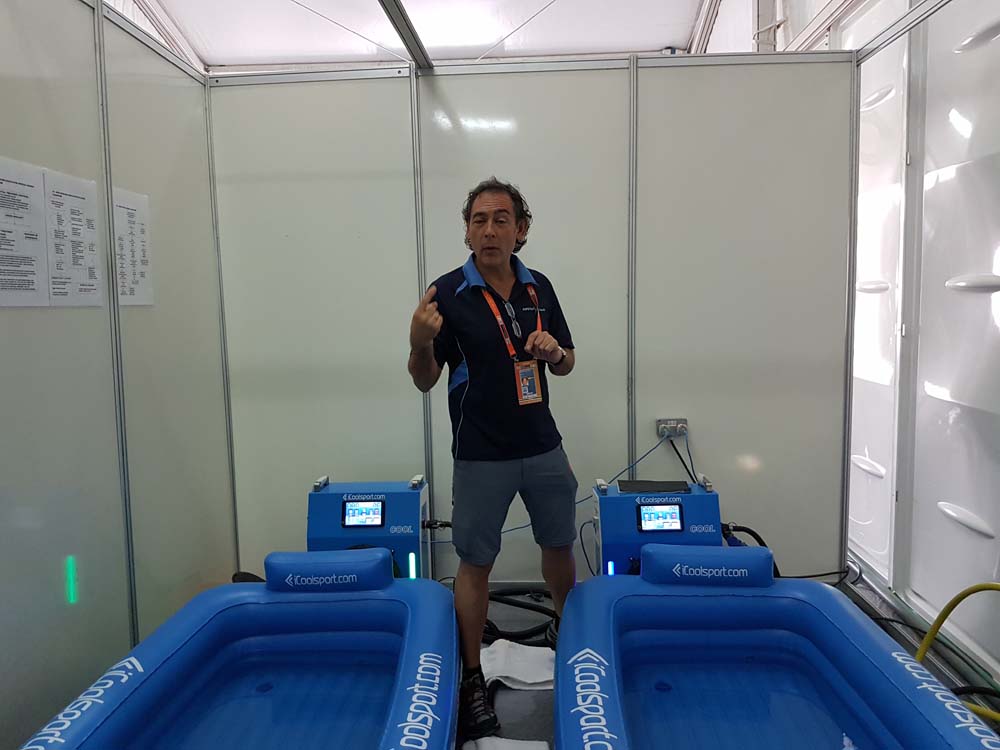
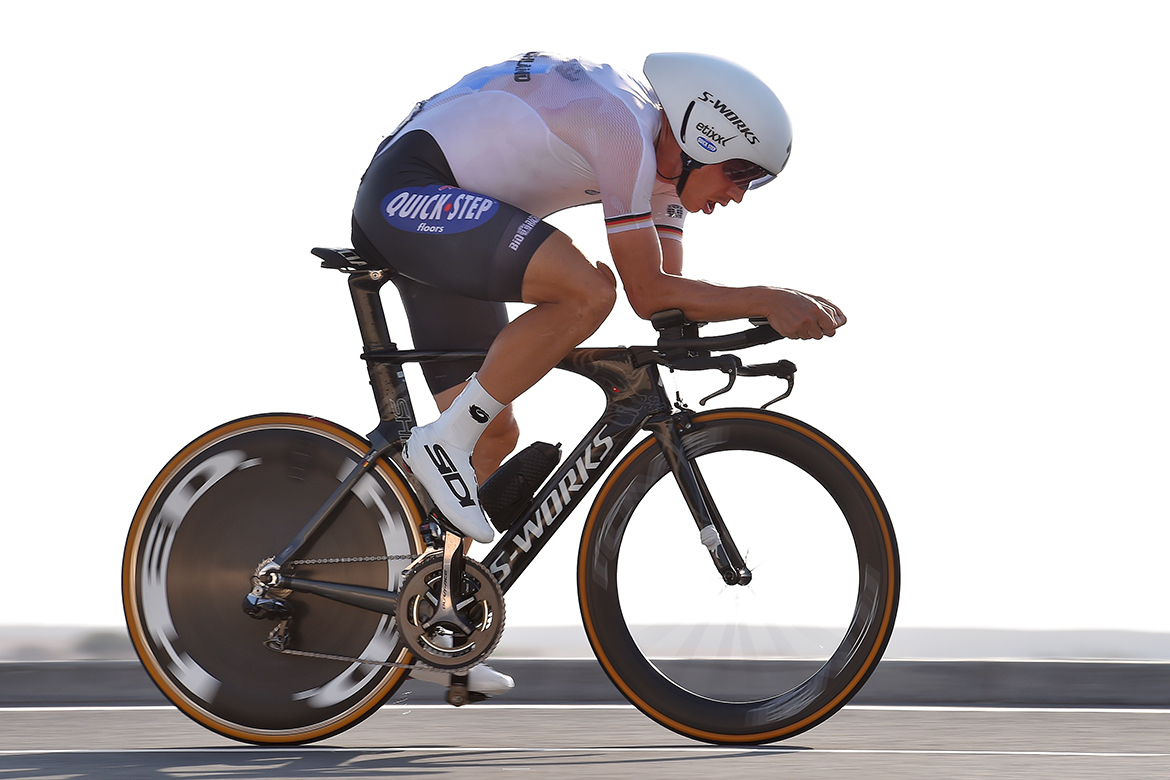
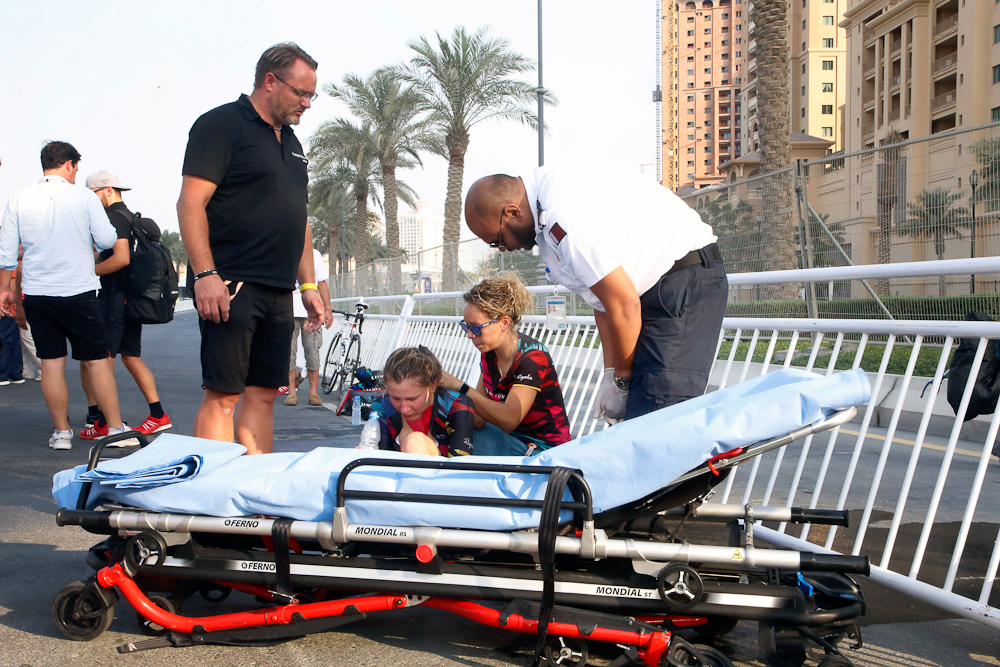
Managing the heat has been a challenge for everyone at this year's UCI Road World Championships in Qatar. Even the local riders have suffered under the sun's unyielding gaze as the temperatures stay between 35-39C.
UCI ready to shorten road races in extreme heat at World Championships
World Championships: Heat plays havoc with women's team time trial
World Championships: Teams arrive in Qatar, begin preparing for road races - Gallery
UCI Road World Championships: Conditions remain a heated question in Doha
Worlds: Tony Martin soothes his own doubts with fourth time trial title
U23 rider Wouters recovered after collapsing in heat at Worlds in Doha
Qatar's Afif Abdullah was prone on the grass just beyond the finish line of the elite men's time trial for close to an hour after his ride before he felt well enough to make his way back to the team area. The day before, South Africa's Ashleigh Moolman-Pasio needed quick attention to lower her core body temperature. She explained later that she had no water during her ride after dropping her bottle early on.
On Sunday's opening day of action, there was a worrying moment when Rabo-Liv's Anouska Koster veered into the barriers and crashed, in what initially appeared to be a heat-related incident. Her teammates Roxanne Knetemann and Anna van der Breggen were highly critical of the conditions. Alena Amialiusik was also seen on the ground being given medical attention following the time trial, however she later said that her collapse had not been due to the heat.
In an effort to dispel some of the concerns surrounding the heat, a select group of journalists, including Cyclingnews, were given a tour of the Heat Unit that has been set up for the World Championships.
The unit, which is run by the Aspetar Orthopaedic and Sports Medicine Hospital, is situated next to the start line of the Pearl Circuit, next to the team area, and comes with a 'mobile hospital'. Dr. Olaf Schumacher, who is also part of the UCI medical commission, Dr. Sebastien Racinais, and Dr. Juan Manuel Alonso showed the journalists around. The three, along with event doctor Dr. Anton Zasada, are responsible for making the call on whether the road races need to be shortened or cancelled altogether if the conditions are too hot.
Daily calculations are made on the conditions to figure out if it is safe enough for the athletes to compete. They are made using the Wet-bulb global temperature, which takes into account the actual heat, humidity, sun radiation and wind speed. Another factor taken into consideration is the movement of the riders. Dr. Schumacher explains that when riders are racing the effect of the movement brings the temperature down.
A sensor sits out near the course a short walk from the centre, which sends regular updates on the conditions. With all of those factors taken into consideration, should the Wet-bulb temperature rise above 32.4 degrees Celsius, Dr. Schumacher says that the event would be cancelled. Using a graphic drawn up by his colleague Dr. Racinais, he explains that while actual temperature has soared to 39 degrees, they have yet to come close to needing to cancel or shorten a race.
Get The Leadout Newsletter
The latest race content, interviews, features, reviews and expert buying guides, direct to your inbox!
Dr. Schumacher is adamant that the conditions are no worse than previous cycling events, such as those during some stages of the Vuelta a Espana or the Tour de France.
In case of emergency and developing better protocols
The medical team are ready for it if anyone were to fall ill with heatstroke Dr. Alonso says. He assures the attending press that they have yet to treat a single case.
Heatstroke is a serious condition caused by the core body temperature rising so much that it is unable to cool. It occurs when the core body temperature rises above 40.6 degrees Celsius. The medical unit has two inflatable pools, which are ready to help anyone at any time. The water inside the pool is kept around 15 degrees to help lower the body temperature to 38 degrees before they are able to be transported to hospital.
Belgian junior rider Jasper Philipsen is the closest the unit has come to needing to treat heatstroke. Philipsen crashed during the time trial and was taken to the unit registering a core body temperature of 38 degrees. After consuming copious amounts of cold fluids, he was able to leave the unit and return to the team hotel.
Not much is known about how cyclists are affected by the heat in comparison to other athletes. The conditions have given the doctors at the Heat Unit a chance to look into this using some interesting methods. One, in particular, is a tablet containing a thermometer that can be swallowed and measures the athletes' core body temperature using a receiver on a mobile phone at the end of the race. It was used for the first time at last year's World Championships in Richmond and, says Dr Racinais, will allow better regulation around heat during cycling events.
Between 15 and 20 riders per event have been testing out this method and the interest is particularly high among the professional athletes who are keen to know the data.
The heat is expected to drop as the weekend approaches, but the conditions will still be on the forefront of many people's minds. The road races, in particular the elite men's event, could potentially be cut short due to the high temperatures.
Born in Ireland to a cycling family and later moved to the Isle of Man, so there was no surprise when I got into the sport. Studied sports journalism at university before going on to do a Masters in sports broadcast. After university I spent three months interning at Eurosport, where I covered the Tour de France. In 2012 I started at Procycling Magazine, before becoming the deputy editor of Procycling Week. I then joined Cyclingnews, in December 2013.